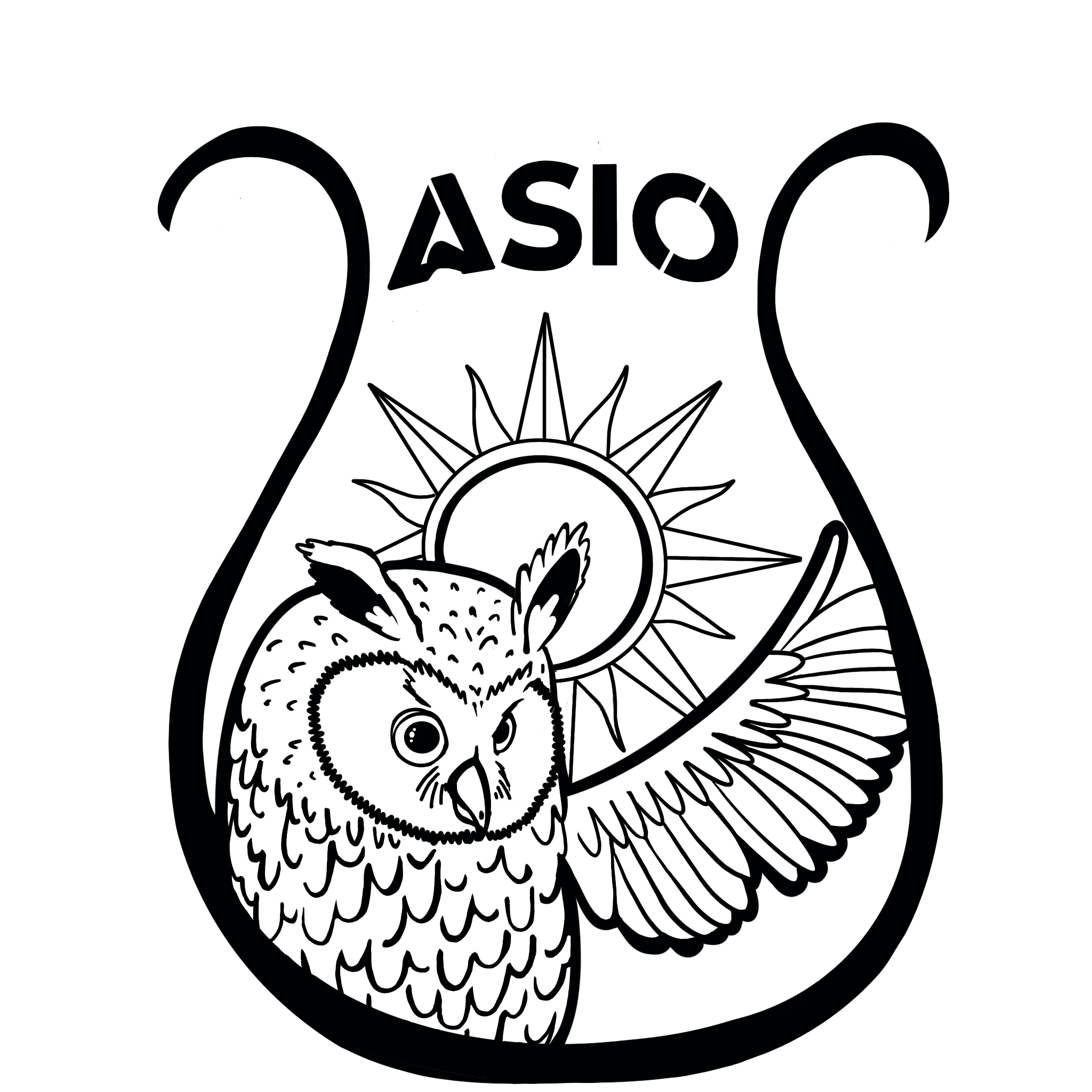MUSE (ASIO)
MUlti-slit Solar Explorer
Active region Solar Irradiance Observatory
Mission Overview
The MUlti-slit Solar Explorer (MUSE) is a satellite currently being designed by Lockheed Martin with the objective of studying the sun's atmosphere and understanding the physical mechanisms that drive coronal heating and eruptions (solar flares and coronal mass ejections). The satellite will contain two state of the art instruments, an extreme ultraviolet (EUV) multi-slit spectrograph and a high-resolution imager that will work in tandem to observe the sun in greater detail and at faster timescales than ever before.
The Active region Solar Irradiance Observatory (ASIO), formerly known as BUBO, is an instrument included in the MUSE mission that will be designed, fabricated, and tested by SSEL students. It is a full-sun field of view instrument that will be mounted on the deck of the MUSE satellite. ASIO detects light through three separate channels sensitive to EUV, soft x-ray (SXR), and hard x-rays (HXR) at a cadence of 100 Hz. Although ASIO is not an imager, it will be able to locate signals on the sun's surface to a precision of approximately 1500 km. This instrument is investigating if there are sub-second, quasi-periodic pulsations (QPPs) in SXR, HXR, and EUV during a solar flare, what is the thermal evolution of the late phase of a solar flare on a centi-second timescale, and the dynamic nature of flare ribbons.
Status
The ASIO team is hard at work on developing engineering phase hardware and applying lessons learned from the succesful flight of the CAPRI-SUN instrument.
ASIO is slated to be delivered to Lockheed Martin in 2026 and the MUSE satellite is scheduled to launch in 2027.
